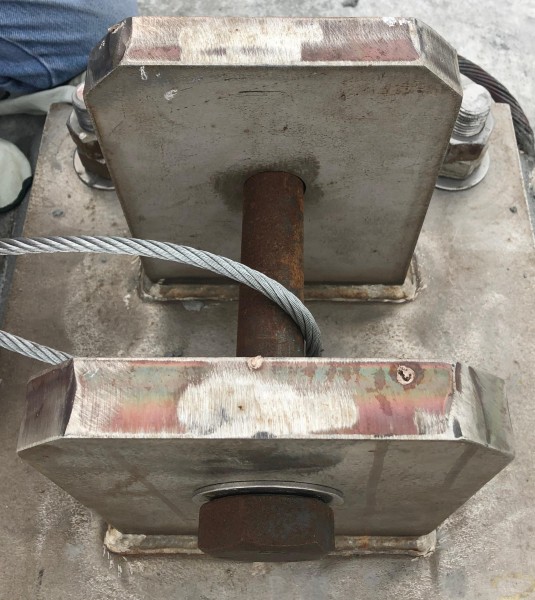 There are two possible causes for this. First is that oxidation can occur due to contamination from equipment that is used to make other carbon steel products. This can leave some iron deposits that will rust over time. This is only aesthetic, but can be unsightly. The second possibility is that the bolts were not manufactured properly. Hot forged bolts need to be carbide solution annealed after heading in order to realign the grain structure and restore the corrosion protection. This heat treating process brings the temperature of the bolts up to about 1,900 degrees Fahrenheit long enough for the chromium carbides to go into solution. This is a requirement for all A193 and F593 stainless steel bolts that have been hot forged. If this process is skipped, the bolt heads will rust quite quickly. Portland Bolt, as standard operating procedure, carbide solution treats all stainless steel hot forged bolts, whether they are made per an ASTM standard or not. We want to assure that our product will perform as well as possible for the life of the bolt. Forgings such as clevises can also be pickled and passivated or electropolished to become more resistant to this unsightly rust.
There are two possible causes for this. First is that oxidation can occur due to contamination from equipment that is used to make other carbon steel products. This can leave some iron deposits that will rust over time. This is only aesthetic, but can be unsightly. The second possibility is that the bolts were not manufactured properly. Hot forged bolts need to be carbide solution annealed after heading in order to realign the grain structure and restore the corrosion protection. This heat treating process brings the temperature of the bolts up to about 1,900 degrees Fahrenheit long enough for the chromium carbides to go into solution. This is a requirement for all A193 and F593 stainless steel bolts that have been hot forged. If this process is skipped, the bolt heads will rust quite quickly. Portland Bolt, as standard operating procedure, carbide solution treats all stainless steel hot forged bolts, whether they are made per an ASTM standard or not. We want to assure that our product will perform as well as possible for the life of the bolt. Forgings such as clevises can also be pickled and passivated or electropolished to become more resistant to this unsightly rust.

There’s yet another explanation: If the bolt has been struck with a metal hammer and/or the metal wrench slips/bites into the stainless, tiny metal bits can become embeded into the stainless and that maybe your rust issue as well (only on contact areas)